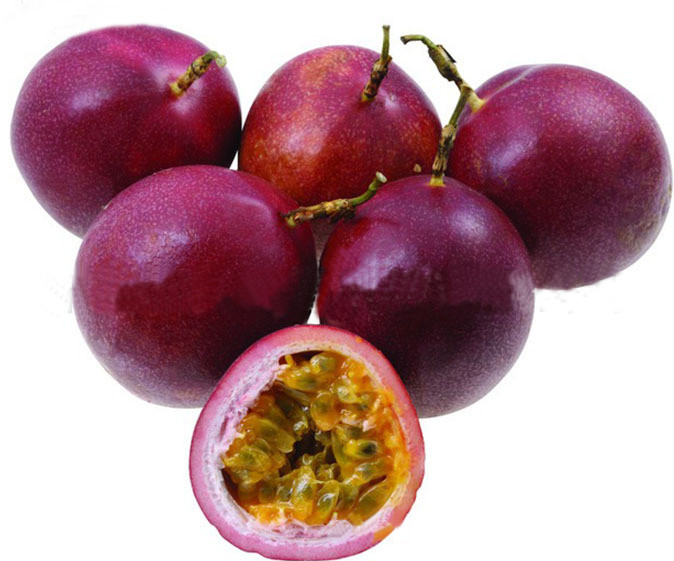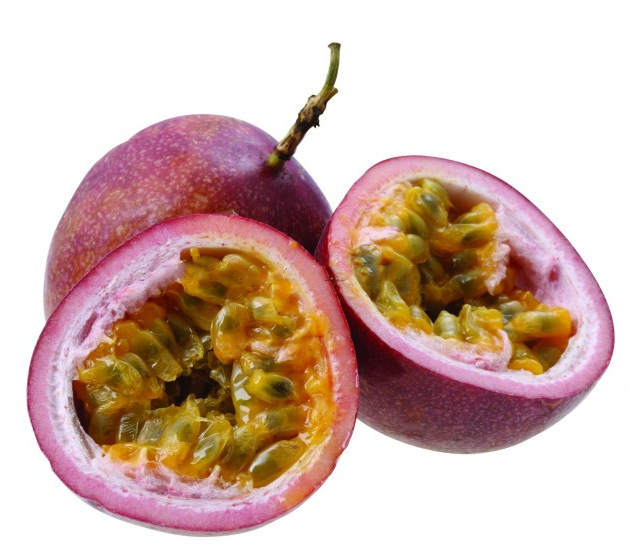Pepper Seeds
Tomato Seeds
Cucumber Seeds
Zucchini/Summer Squash Seeds
Broccoli seeds
Cauliflower Seeds
Cabbage Seeds
Eggplant Seeds
Carrot Seeds
Radish Turnip Seeds
Onion Seeds
Pumpkin seeds
Bitter Gourd Seeds
Long Bean Seeds
Chive seeds
Chinese cabbage seeds
Mustard seeds/Brassica juncea Coss seeds
Water spinach seeds
Spinach Seeds
Brassica juncea seeds
Leek seeds
Lettuce seeds
Wuta-tsai Seeds
Amaranth seeds
Snow bean seeds
Kidney bean seeds
Board bean seeds
Bottle gourd seeds
Loofah seeds / Luffa Seeds
Wax gourd / Winter Melon seeds
Winged bean seeds
Lentil Bean Haricot Bean Seeds
Okra Seeds
Beet seeds
Corn seeds
Asparagus seeds
Salad Rocket Seeds
Kohlrabi seeds
Celery seeds
Malabar spinach seeds
Coriander seeds
Perilla seeds
Chinese Toon/Toona Sinensis Seeds
Kale seeds
Green Onion Seeds Scallion Seeds
Beet seeds
Marigold Seeds
Zinnia Seeds
Lavender seeds
French Marigold seeds
Lotus Seeds
Carnation Seeds
Dahlia Seeds
Zinnia Seeds
Cyclamen Seeds
Peony Seeds
Cineraria Seeds
Aster Seeds
Petunia Seeds
Salvia Splendens Seeds
Snapdragon Seeds
Gypsophila Seeds
Basil Seeds
Roselle Hibiscus Flower Seeds
Calceolaria Seeds
Primula Seeds
Sunflower Seeds
Morning Glory Seeds
Coreopsis Seeds
Lemon balm / Melissa officinalis Seeds
Gloxinia Seeds
Lupin seeds
Calendula Seeds
Impatiens Seeds
Verbena Speciosa Seeds
Salvia Seeds / Sage seeds
Dianthus Seeds
Gomphrena Seeds
Torenia Seeds
Gaillardia Pulchella Seeds
Lavatera trimestris seeds
Coleus Blumei Seeds
Cleome / Spider flower Seeds
Melampodium Paludosum Seeds
Amaranthus tricolor seeds
Geranium Seeds
Rudbeckia Laciniata Seeds
Vinca Seeds
Ageratum Conyzoides Seeds
Viola Cornuta Seeds
Phlox Seeds
Cockscomb Seeds
Verbena Hybrida Seeds
Pansy Seeds
Ranunculus seeds
Bermuda grass seeds
Sorghum seeds
Axonopus compressus seeds / Carpetgrass seeds
Zoysia matrella seeds / Manilla seeds
Paspalum notatum seeds / paspalum grass seed
Boston Ivy seeds
Red Fescue seeds
Setaria viridis seeds
Perennial Ryegrass seeds
Tall Fescue seeds
Creeping Dichondra seeds
Zoysia japonica seeds
Senna occidentalis seeds
White clover seeds
Red Clover seeds
Caragana microphylla seeds
Lespedeza bicolor seeds
































